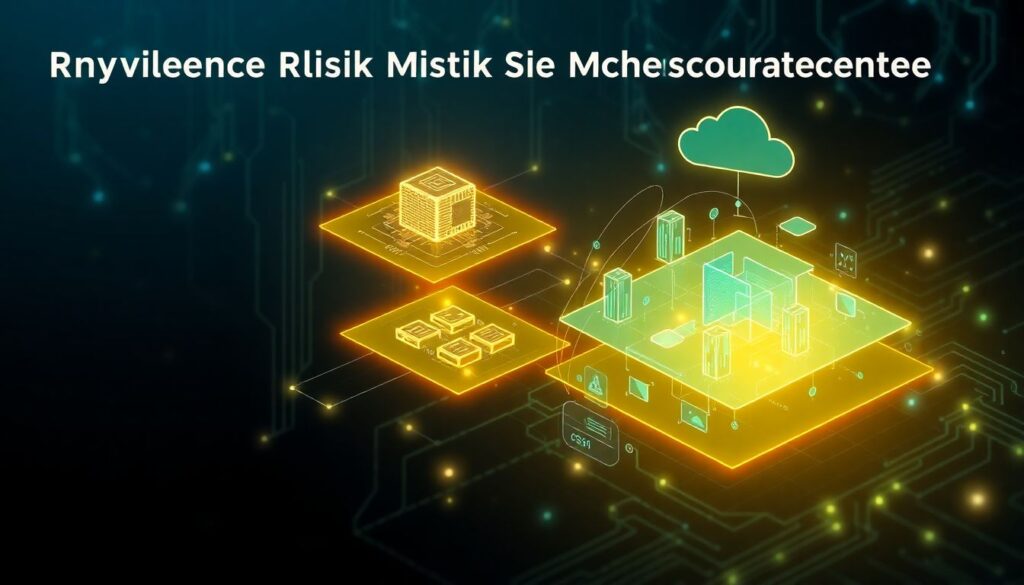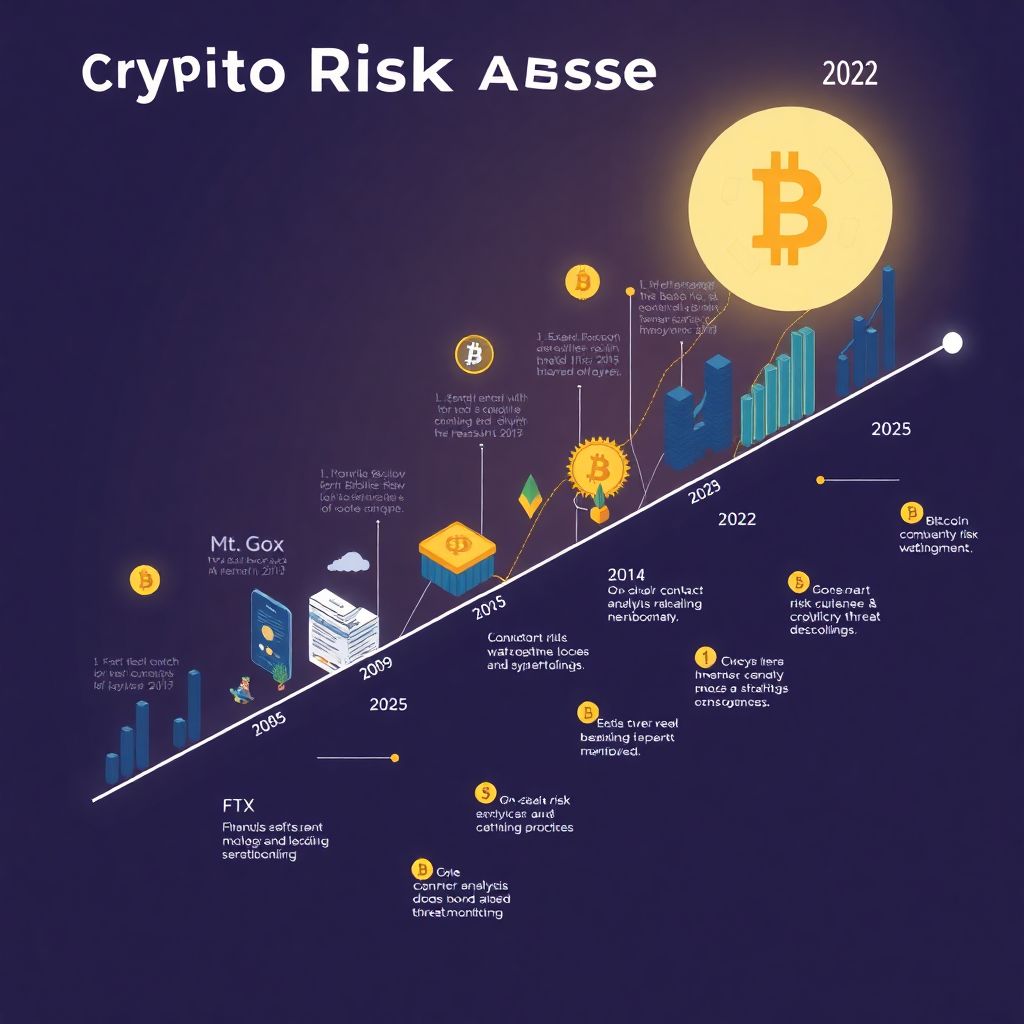Understanding the Evolution of Crypto Risk Assessments
Since the launch of Bitcoin in 2009, the cryptocurrency landscape has transformed from an experimental technology into a global financial ecosystem. However, with this rapid growth came rising concerns over security, regulatory compliance, and systemic risks. By 2025, the need for structured and proactive crypto risk assessments has become non-negotiable for both institutional and retail participants. Historical breaches like Mt. Gox in 2014 and the 2022 FTX collapse served as pivotal moments, emphasizing the catastrophic impact of inadequate risk management frameworks. These events not only shaped regulatory reactions but also highlighted the need for standardized methodologies in assessing and mitigating crypto-specific threats.
Core Principles of Effective Crypto Risk Assessments

To conduct successful risk assessments in the crypto sector, organizations must adhere to foundational principles rooted in cybersecurity, finance, and compliance disciplines. Effective frameworks begin with asset classification, understanding threat vectors (technical, financial, operational), followed by vulnerability analyses tailored to specific blockchain protocols. Given the unique challenges—such as smart contract bugs, liquidation cascades in DeFi, or governance attacks—crypto risk analysis demands a more agile and composable approach than traditional finance. Moreover, real-time data ingestion and behavioral monitoring are essential to account for rapid market shifts and evolving threat landscapes.
Key Recommendations for Maturing Risk Assessment Capabilities

To develop a resilient crypto risk management posture, practitioners should integrate the following best practices into their strategy:
1. Multilayered Threat Modeling: Incorporate models addressing protocol-level, application-level, and user-behavior risks.
2. On-chain and Off-chain Analysis: Combine on-chain analytics (e.g., suspicious wallet activity) with off-chain indicators (e.g., regulatory news, social sentiment).
3. Scenario-based Stress Testing: Simulate edge-case events like flash loan exploits or governance takeovers to test system resilience.
4. Continuous Monitoring and Automation: Deploy AI-driven tools to perform real-time anomaly detection and automatic risk scoring.
5. Stakeholder Collaboration: Engage cross-functional teams including legal, compliance, cybersecurity, and developers for comprehensive coverage.
These strategies ensure dynamic protection against both known and emerging threats in decentralized ecosystems.
Case Studies of Successful Risk Management in Crypto Projects

Several crypto-native organizations have embraced robust risk assessment procedures, setting industry benchmarks. Chainalysis, for example, deploys advanced transaction monitoring tools used by law enforcement globally, helping mitigate financial crime risks. In the DeFi space, Aave has institutionalized third-party audits and implemented on-chain governance adjustments based on risk signals, enabling it to withstand market volatility. On the enterprise side, Coinbase employs a hybrid model that merges traditional security frameworks with blockchain-specific risk scoring, allowing it to maintain compliance across global jurisdictions while scaling its product suite.
These cases underscore how proactive risk assessment and adaptive frameworks empower projects to sustain growth without compromising security or trust.
Resources and Tools for Learning and Implementation
In the rapidly evolving crypto sector, continuous education and tooling are vital. Aspiring professionals and project teams should leverage the following resources:
1. Certified Blockchain Security Professional (CBSP) – Focuses on security principles in blockchain environments.
2. MIT OpenCourseWare on FinTech – Offers foundational knowledge in digital finance and risk principles.
3. Dune Analytics and Glassnode – Provide actionable insights through on-chain data visualization and alerting.
4. OpenZeppelin Defender – Enables automated monitoring and response for smart contract operations.
5. CryptoCurrency Security Standard (CCSS) – A comprehensive framework for managing security risks in crypto custody.
Combining these resources with ongoing threat intelligence feeds ensures that stakeholders remain equipped to tackle novel risks as technologies and adversaries evolve.
Final Thoughts
By 2025, the importance of rigorous crypto risk assessments has moved beyond best practice—it’s a strategic imperative. As the ecosystem matures and institutional adoption deepens, aligning with structured risk frameworks becomes essential for long-term viability. Whether mitigating smart contract vulnerabilities or managing regulatory exposure, embracing a culture of continuous evaluation and adaptation sets apart the surviving innovators from the cautionary tales of crypto history.

